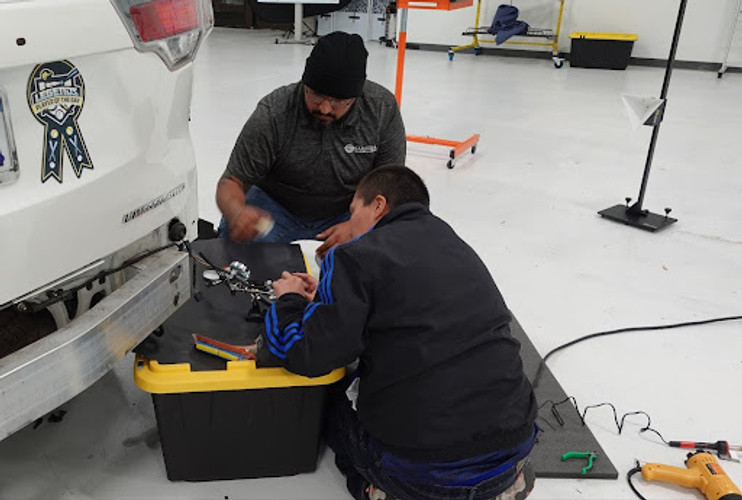The latest testing indicates that ADAS sensors may be out of calibration through normal wear and tear. Perhaps not surprising given what these vehicles go through.
ADAS systems aren't as stable as we thought. A new report circulating throughout the automotive repair community reveals that Advanced Driver Assistance Systems may "drift" over time, even without crashes or major service events. ADAS Depot believes this finding could fundamentally reshape how shops approach calibration services and create new revenue opportunities.
The study by Ascential Technologies tested a 2024 Nissan Altima with just 13,000 miles and no crash history at the Transportation Research Center. The results were clear: the vehicle's ADAS systems performed significantly worse before calibration work, suggesting that normal wear and tear alone can cause these critical safety systems to drift out of specification. If confirmed across different makes and models, this research challenges the assumption that calibration is only necessary after collisions or windshield replacements.
Takeaway #1: Data argues for calibrations
These results give hard data to what many repairers already know: correct calibration restores a vehicle’s designed safety performance. Without it, the lane departure warning, collision warning, and automatic braking systems simply can’t be trusted to perform as intended.
For insurers that still see calibrations as a “nice to have,” studies like this make the case harder to ignore. As more measured results like these surface, expect pushback on calibration invoices to diminish, replaced by a closer focus on how and where the work is done.
Takeaway #2: Regulators may widen safety checks
Regulation may be the next lever to pull. California’s Bureau of Automotive Repair (BAR), long an industry leader in safety inspection standards, launched the Vehicle Safety Systems Inspection (VSSI) program in 2024. Right now, it applies only to revived salvage vehicles, but the agency has called it a “template” that could one day include ADAS feature checks, saying in 2022 that it “could assist in developing a second phase for the program that includes an ADAS scan” (emphasis added). BAR has also baked ADAS into the inspection data definitions, collecting “all information related to the vehicle’s safety systems” during OBD checks for the VSSI. In other words, the foundation for an ADAS-check mandate is already in place.
Takeaway #3: From post‑repair task to maintenance item
If system drift can occur with no accident and relatively low mileage, there’s a strong case for making ADAS checks part of regular maintenance, not just post-repair. The model already exists: California’s smog check program tests vehicles on a fixed schedule, regardless of repair history.
Here are some hypothetical numbers: California has roughly 13 million passenger vehicles, and let’s say 6 million of them have some form of ADAS feature. If those vehicles were checked every two years, that’s about 3 million calibrations or verifications annually—just in one state.
The Ascential testing underscores something the industry has been saying for years: properly calibrated ADAS systems save lives. California’s salvage inspection program shows how regulators can scale safety checks, and their own documentation suggests ADAS inspections could be next.
For repairers, this means investing in the right equipment, controlled environments, and technician training now—not later. For insurers, it’s about aligning policy with proven safety outcomes. And for consumers, it’s a reminder that “set and forget” doesn’t apply to the technology keeping them safe on the road.
The Ascential white paper can be viewed here; also check out our post on handling insurance disputes, which the white paper references.

